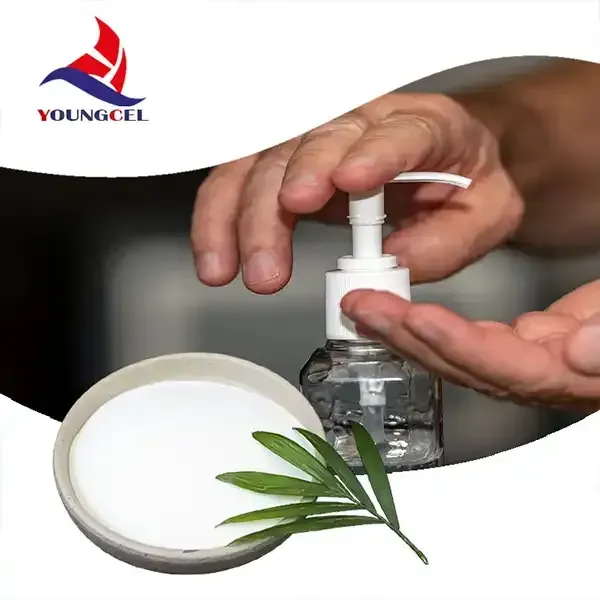Understanding HPMC A Key Cellulose Ether in Modern Applications
Hydroxypropyl methylcellulose (HPMC) is a versatile cellulose ether that has gained significant attention in various industries due to its unique properties. Derived from natural cellulose, HPMC has been modified to enhance its solubility and performance in multiple applications. This article explores the structure, properties, and diverse uses of HPMC, showcasing its importance in modern technology and daily life.
Structure and Properties
HPMC is produced through the reaction of methyl chloride and hydroxypropyl groups with natural cellulose. The modification of cellulose results in a compound that exhibits both hydrophilic and hydrophobic characteristics. This dual nature allows HPMC to dissolve in water, forming a clear, viscous solution, making it an ideal thickening and binding agent. Its chemical structure contains both methoxy and hydroxypropyl functional groups, which contribute to its solubility and gel-forming capability.
The molecular weight of HPMC can vary significantly, influencing its viscosity and gel strength. Products are available in a range of grades, allowing manufacturers to choose the most suitable type for their specific needs. Additionally, HPMC is non-toxic, biodegradable, and odorless, contributing to its suitability in food and pharmaceutical applications.
Applications
HPMC is widely used in various industries, including construction, food, pharmaceuticals, and cosmetics.
cellulose ether hpmc

1. Construction Industry In the construction sector, HPMC is often utilized as a thickening agent in cement and plaster formulations. It improves the workability of mortars, enhancing their adhesion to surfaces and slowing down the drying process, which is particularly beneficial in hot and windy conditions.
2. Pharmaceuticals In the pharmaceutical industry, HPMC serves as a critical excipient in tablet formulations. It acts as a binder in dry granulation, ensures controlled release of active ingredients, and improves the overall stability of pharmaceutical products. Moreover, HPMC is used in liquid formulations and can be found in various dosage forms, such as gels and syrups.
3. Food Industry HPMC’s applications extend to the food industry, where it is valued for its ability to enhance texture and stability in food products. It functions as a thickener, emulsifier, and moisture-retaining agent, helping to improve the quality and shelf-life of processed foods. Its use in gluten-free baking is also noteworthy, as it improves the texture of gluten-free products, making them more palatable.
4. Cosmetics and Personal Care Products HPMC is incorporated into a range of cosmetic formulations, including creams, lotions, and gels. Its ability to provide a smooth, silky texture along with its emulsifying properties makes it a popular choice in skin care products. Additionally, it helps stabilize emulsions and suspensions, ensuring the long-lasting effectiveness of cosmetics.
Conclusion
Hydroxypropyl methylcellulose is a crucial cellulose ether that plays a versatile role across multiple industries. Its unique properties, including solubility, thickening ability, and non-toxic nature, make it invaluable in construction, pharmaceuticals, food, and cosmetic applications. As technology continues to advance, the role of HPMC in developing innovative solutions and enhancing product quality will undoubtedly expand, solidifying its importance in our daily lives. Understanding HPMC not only highlights its current uses but also opens the door to exploring future applications in diverse fields.
-
Rdp Powder: Key Considerations for Wholesalers in the Building Materials IndustryNewsJul.08,2025
-
Key Considerations for Wholesalers: Navigating the World of Hpmc - Based ProductsNewsJul.08,2025
-
Hpmc Detergent: Key Considerations for WholesalersNewsJul.08,2025
-
Key Considerations for Wholesalers: China Hpmc For Tile Adhesive, Coating Additives, Concrete Additives, and MoreNewsJul.08,2025
-
Crucial Considerations for Wholesalers: Navigating the World of Construction MaterialsNewsJul.08,2025
-
Key Considerations for Wholesalers Sourcing Additive For Cement, Additive For Concrete, Additive For Putty from Additive Manufacturer Shijiazhuang Gaocheng District Yongfeng Cellulose Co., Ltd.NewsJul.08,2025




